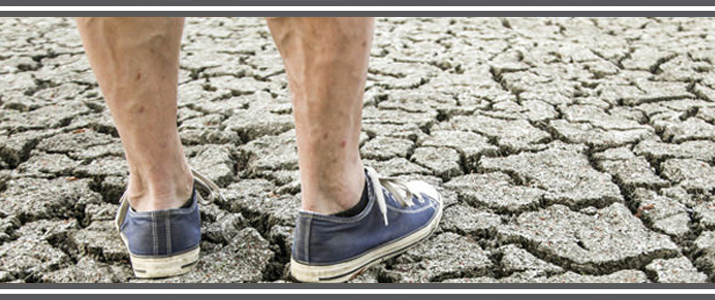
Varicose veins are one form of venous disease. The veins in your legs work hard to pump blood back up to your heart and lungs. Sometimes the veins don’t function properly and normal blood flow is disrupted. The valves that keep blood flowing upward do not work. With nowhere for the blood to go, pressure inside the veins increases. The veins become large and swollen. You’ll see blue or green bulges under the surface of your skin. Those are varicose veins.
Many factors put you at risk for varicose veins. These include:
Some people don’t feel any symptoms. Others experience varying degrees of:
At Bellamah Vein Center, the first step in treating varicose veins is a consultation that may include a diagnostic venous ultrasound. Based on the information gathered, you’ll receive an individualized treatment plan.
If you’re not having a lot of problems, Dr. Bellamah may recommend conservative treatment to relieve symptoms and keep them from getting worse. This self-care includes:
If your varicose veins are more serious or your symptoms worsen, Dr. Bellamah may recommend one or more of the following procedures: